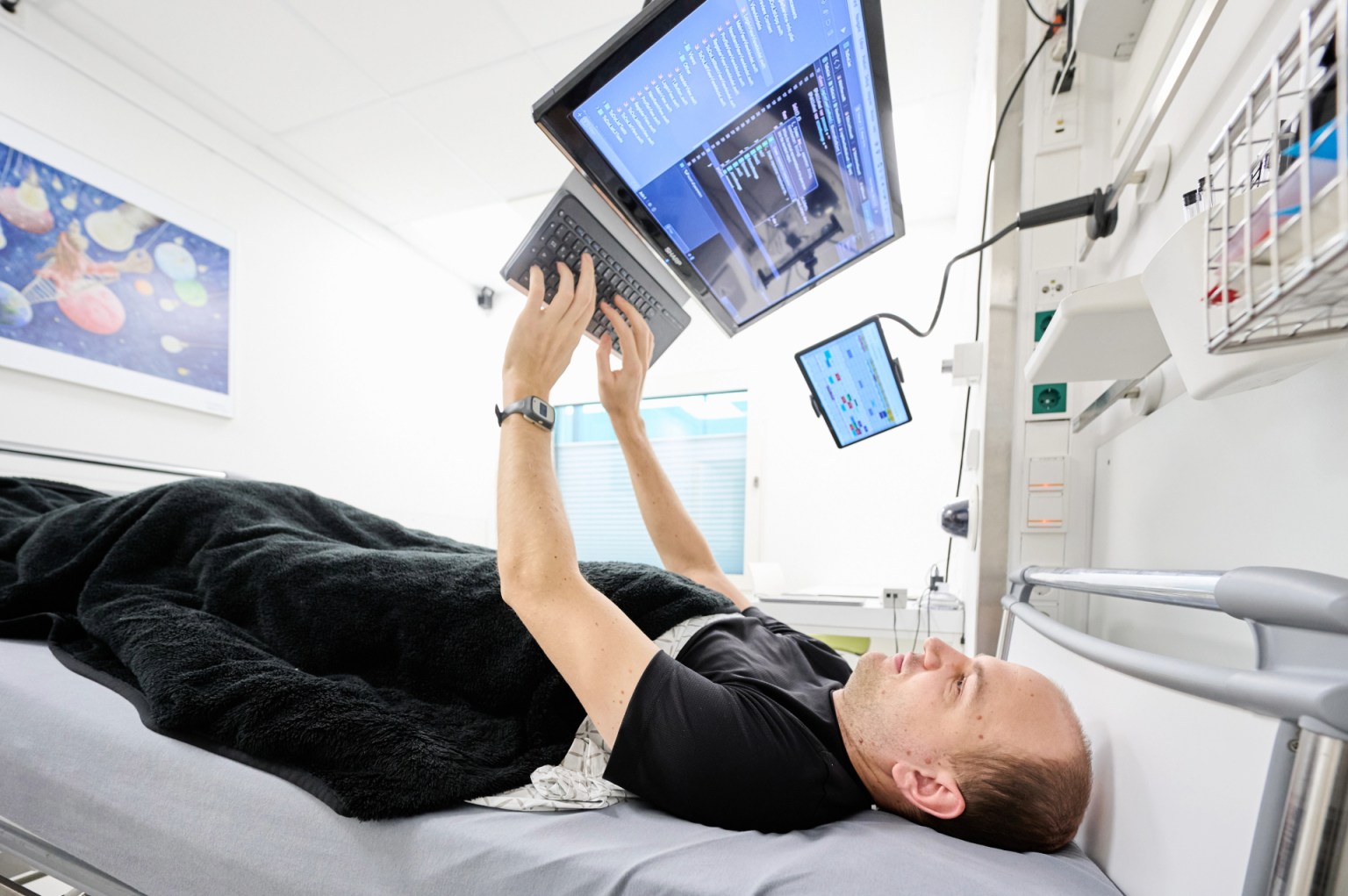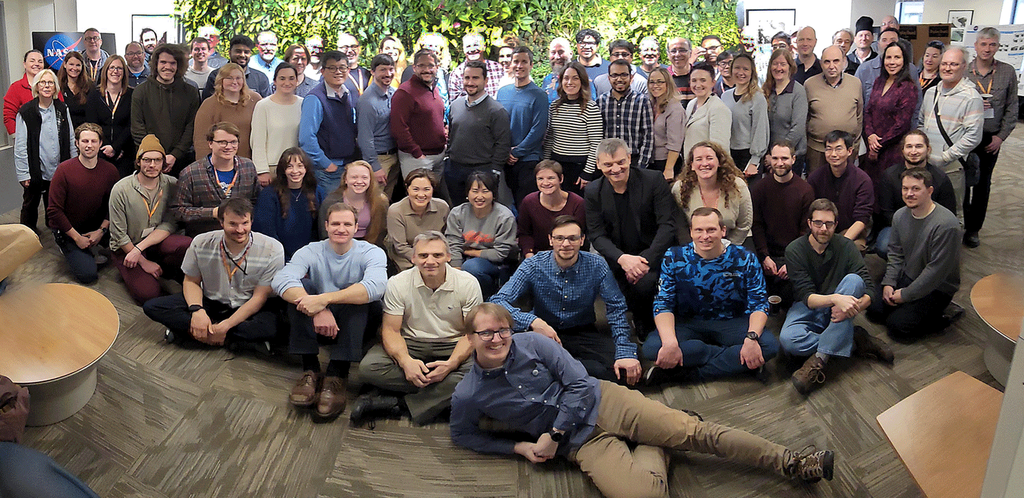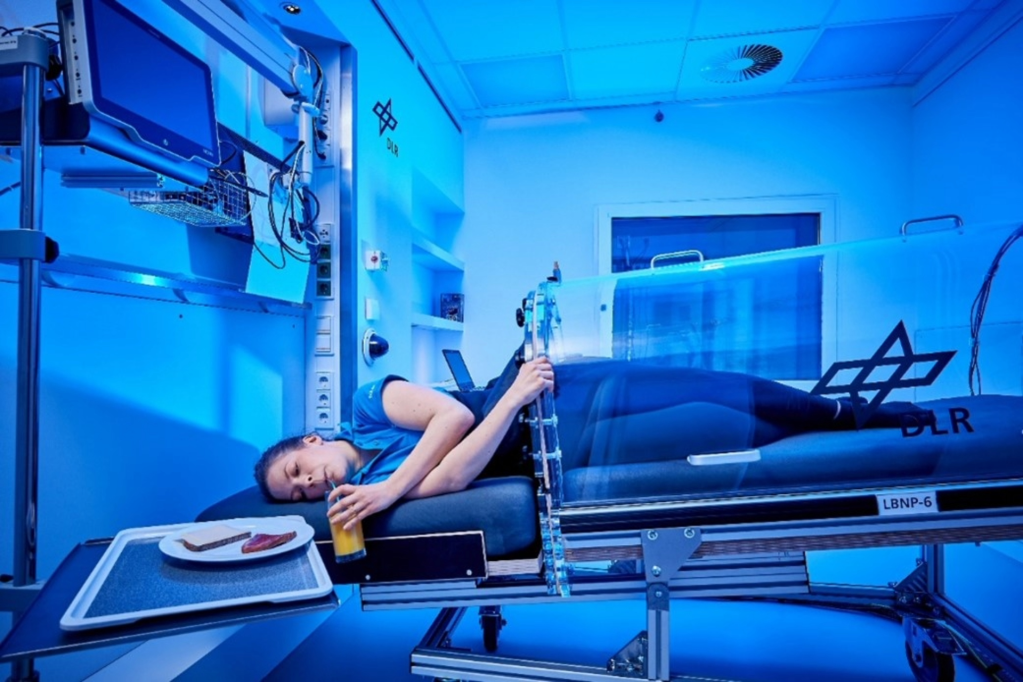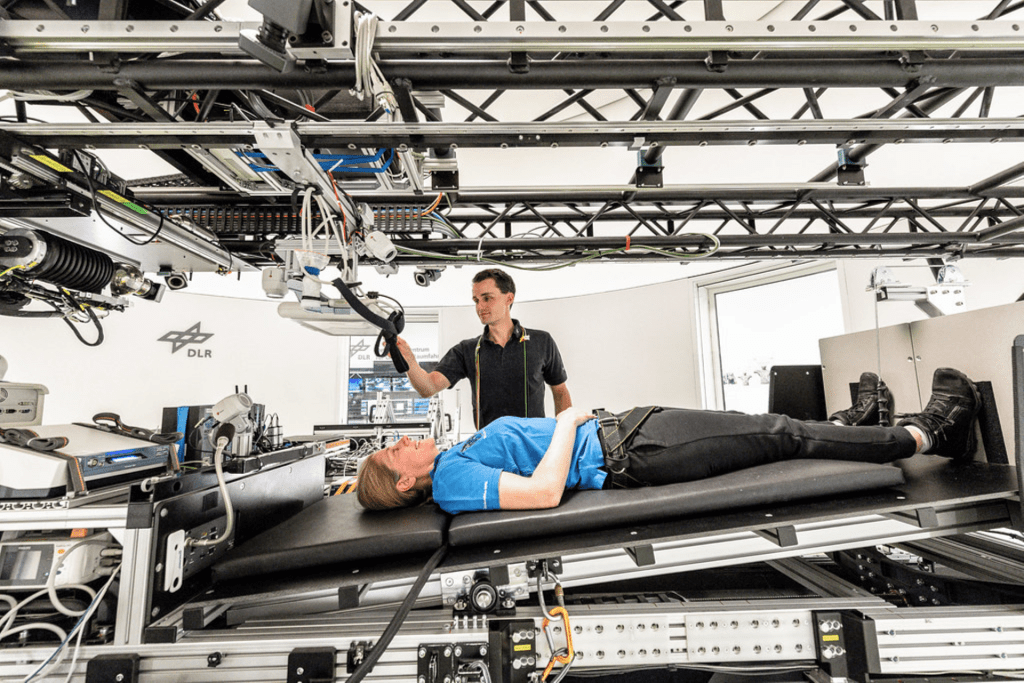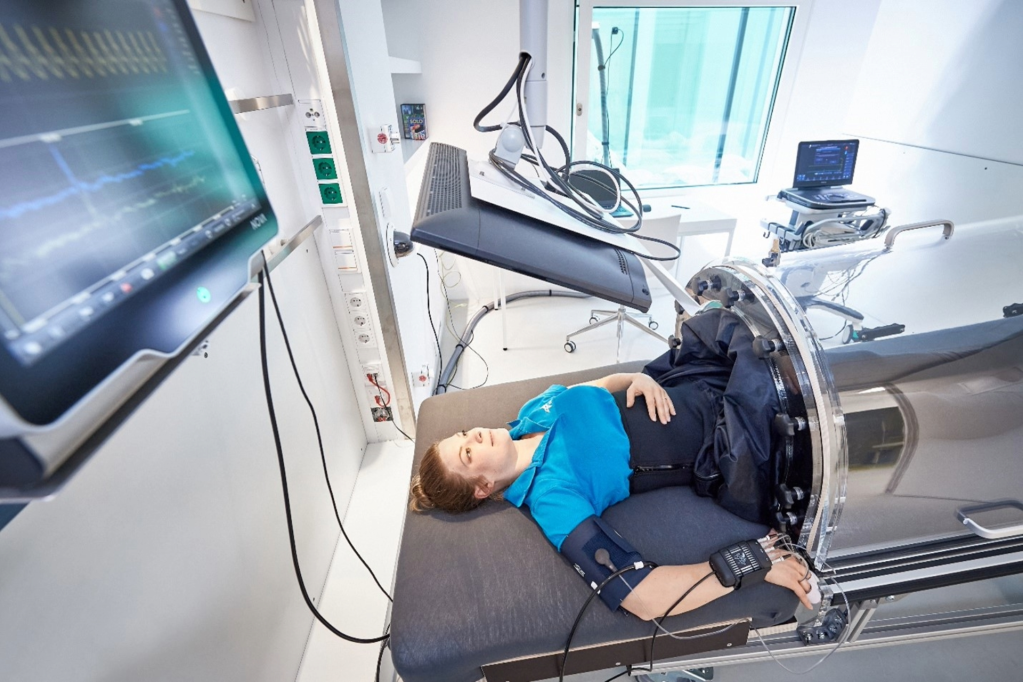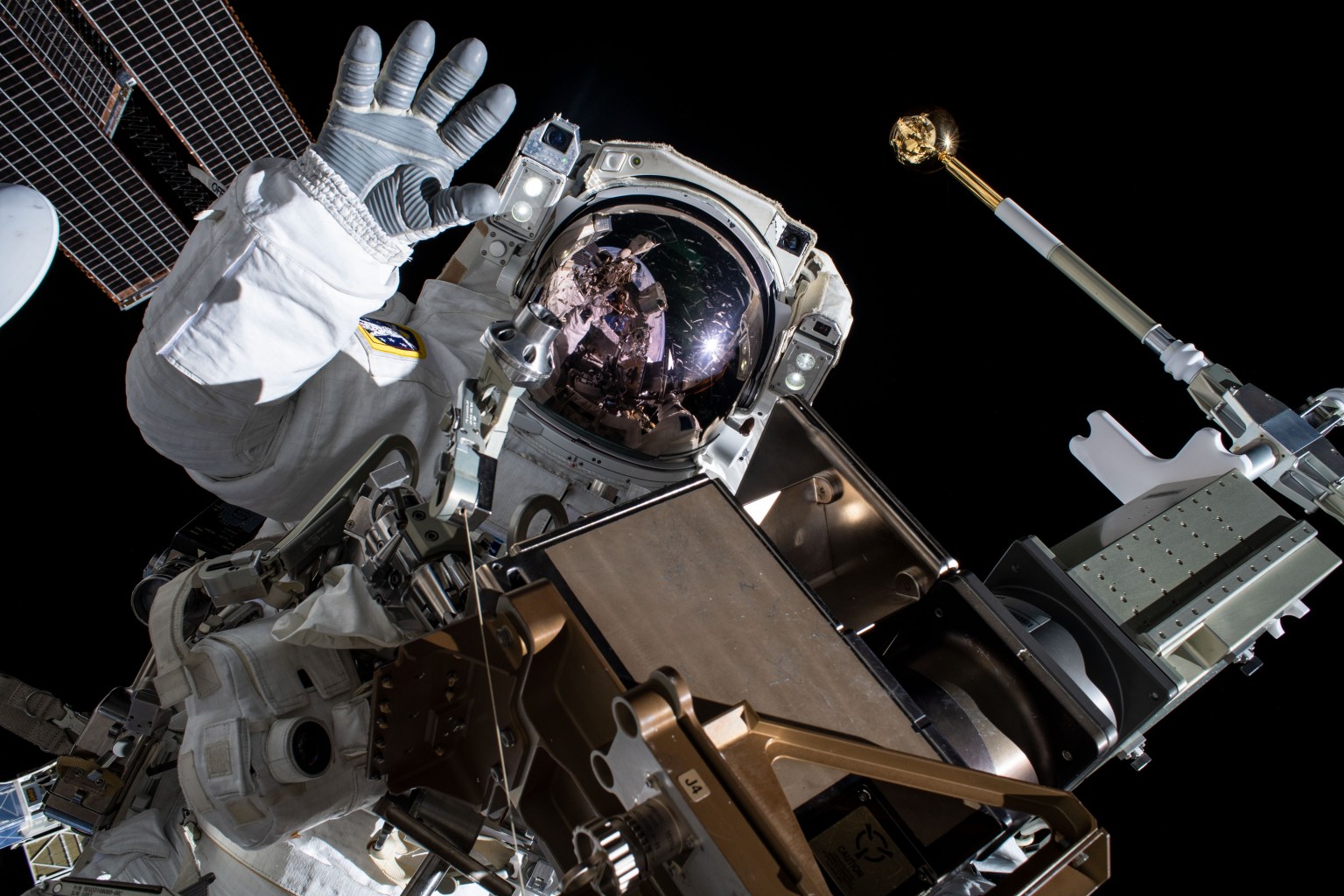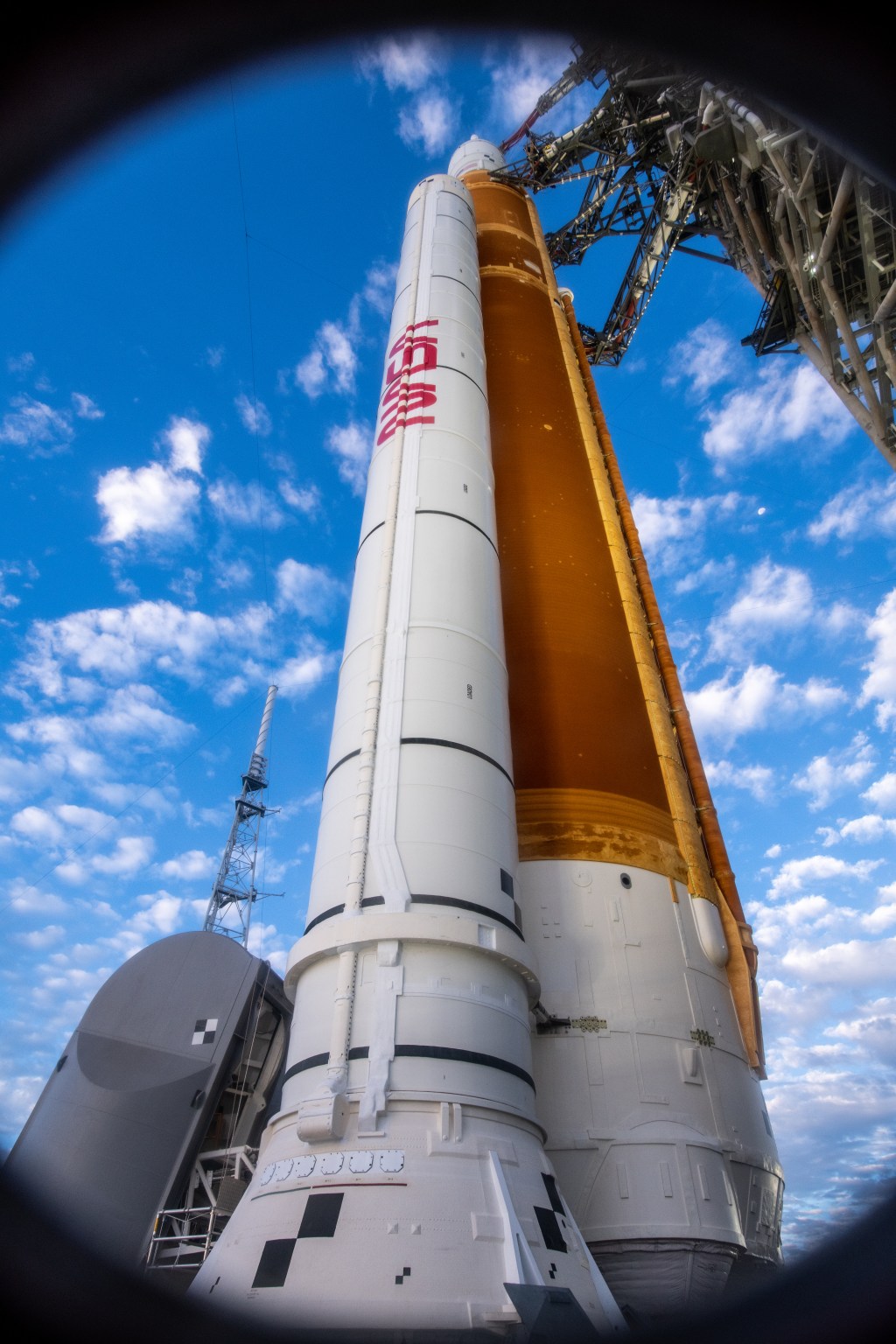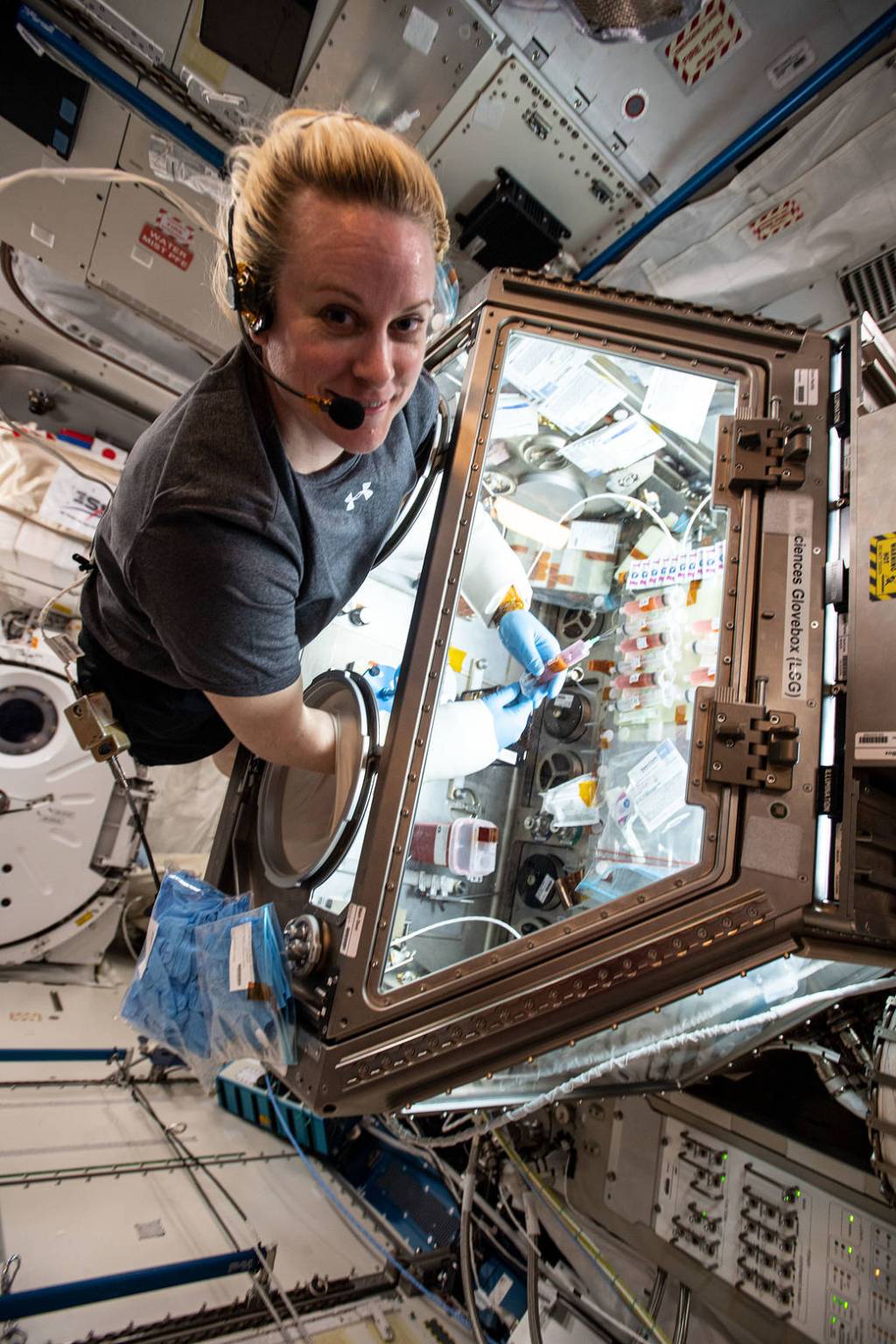:envihab
Environment and Habitat

Location: Cologne, Germany
Purpose: Operated by the German Space Agency (DLR) Institute of Aerospace Medicine, :envihab (a combination of the words ‘environment’ and ‘habitat’) is a medical research facility designed to examine how people adapt to extreme environments. NASA collaborates with DLR on bedrest studies examining the effects of microgravity on the human body.
Duration: The length of bedrest studies varies, typically lasting between 30 to 60 days. Scientists collect baseline data from research volunteers directly before and after the 30-to-60-day bedrest phase of testing.
Description: Without the downward pull of Earth’s gravity, floating in weightlessness unloads the body and redistributes its fluids. Strict bedrest induces the type of bodily fluid shifts and deconditioning that astronauts experience in space, giving scientists on Earth an opportunity to examine spaceflight’s health effects without leaving the planet.
At :envihab, scientists perform bedrest studies to evaluate the health consequences of living in microgravity and test potential interventions — also known as countermeasures — to protect astronaut health in such extreme environments. During the studies, participants lie in bed for weeks or months with their heads tilted slightly downward. Participants do not sit up for anything — not to bathe, use the restroom, play cards with fellow participants, or even to sneeze!
These bedrest studies allow researchers to monitor how living in a microgravity-like environment affects the bones, muscles, balance, and coordination of participants. Bedrest studies can also be used to study and test interventions for a group of brain and vision changes that occur in microgravity, collectively called Spaceflight Associated Neuro-Ocular Syndrome, or SANS.
Specifications: The :envihab facility is divided into multiple modules on a single floor, housing a human centrifuge, pressure chamber, living area, special MRI scanner, psychological unit, and biological laboratory. It covers more than 37,000 square feet. The beds themselves are standard-sized hospital beds and during studies are tilted down at a six-degree head-down tilt. Scientists typically recruit four groups of 12 research volunteers for each series of bedrest studies.
How Lying In Bed For 60 Days Helps Astronauts
In a recent episode of NASA’s Curious Universe podcast, a bedrest study volunteer and two lead researchers discussed the realities of bedrest study life and how experiments like playing video games with your feet may help astronauts thrive in deep space.
